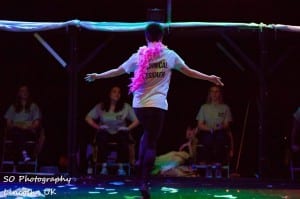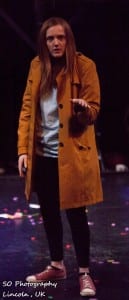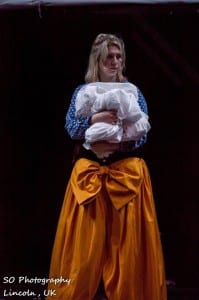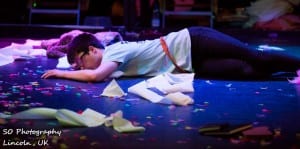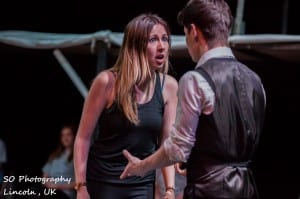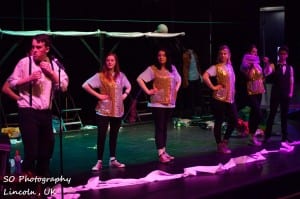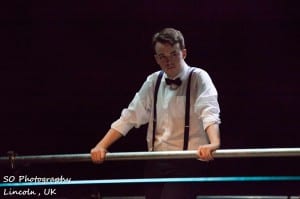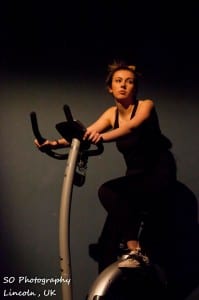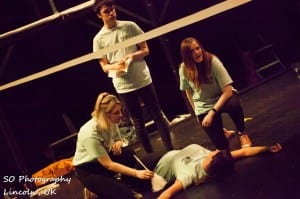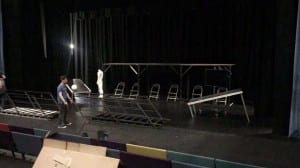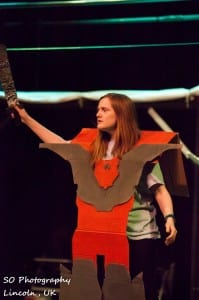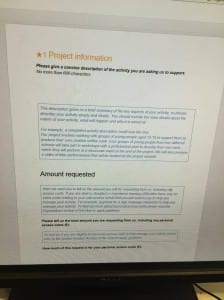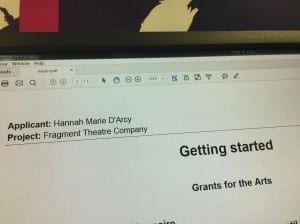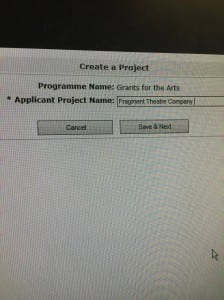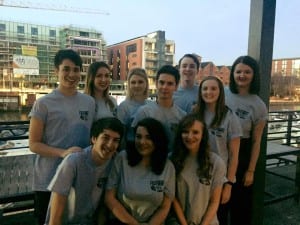We have done it, show day is complete and rather successful with us selling 80% of our available tickets. we had a good audience that laughed at the jokes made throughout the show and overall it was a enjoyable experience for all involved, including us as the actors.
so what happens next. well first of all have all taken a well deserved break.. to skegvegas! I mean Skegness! (and look how cute, we got matching friendship bracelets

(Jarold, 2017)
However, what happens next for fragment theatre company and our show ‘exit this way’. In the case that fragment theatre had the chance to take a tour, the show would have to be significantly scaled down in order to fit to the Arts Council England policy of sustainability and resilience, because as mentioned in a previous blog post, this would be the way that we would get funding for the show. And due to the large set we had, the show would be impractical to tour, limiting us as a company from many venues. I would then apply the show into festivals such as Newvolutions to develop the show into something that could be toured locally and eventually nationally.
after our first successful the show, the idea would be to create more shows to take on door, of course sticking to out manifesto/ slogan ” we speak to someone, anyone, everyone”.
If you take a look at my previous blog ” applying to arts council funding” you will be able to see that maybe this isn’t the end for fragment theatre at all…
stay tuned. oh and see below a selection of pictures from our show!
(Odonell,s.2017)
Citations
Odonnell, S. (2017) Fragment Theatre Company. Lincoln: SO Photography.
